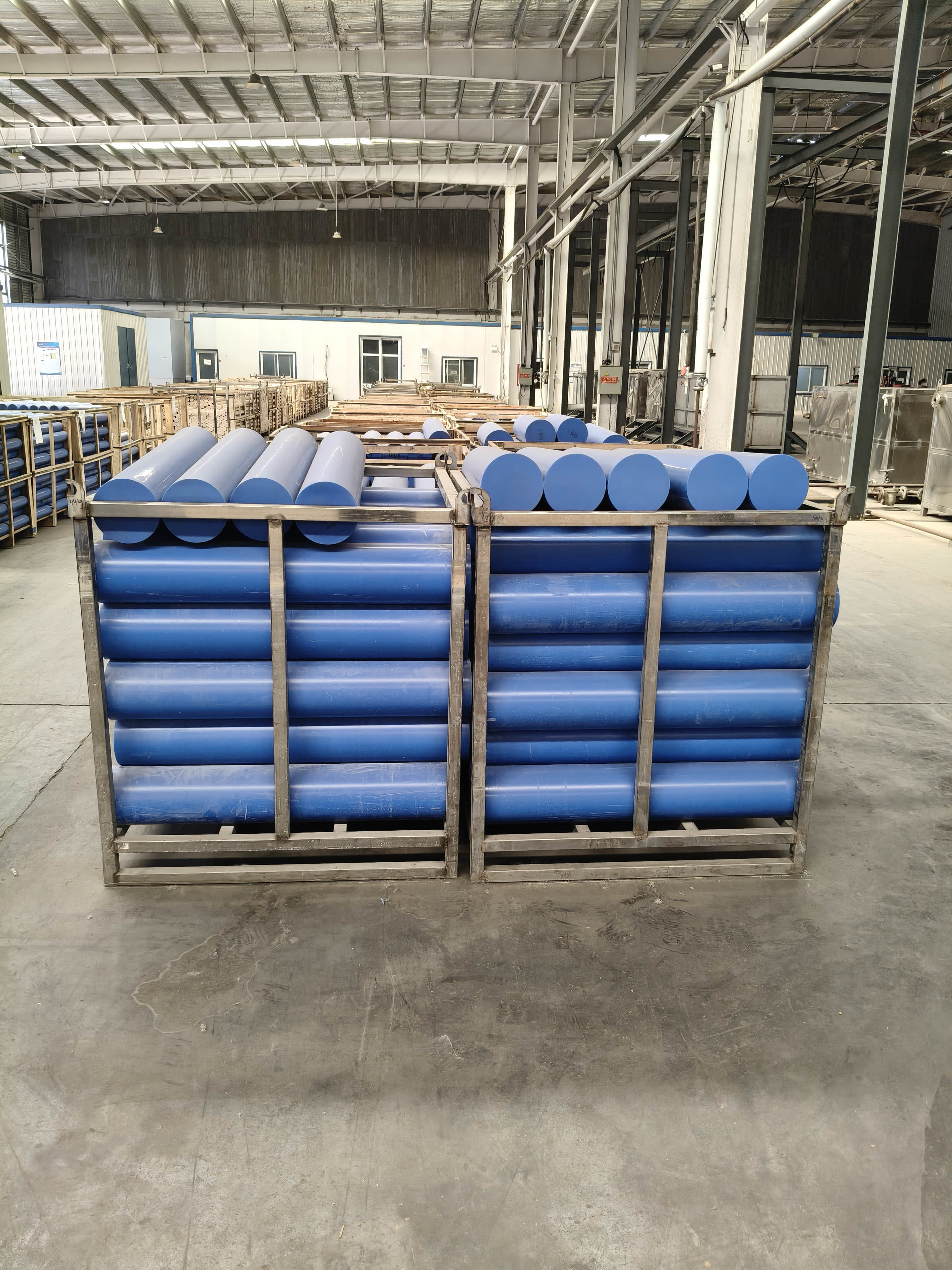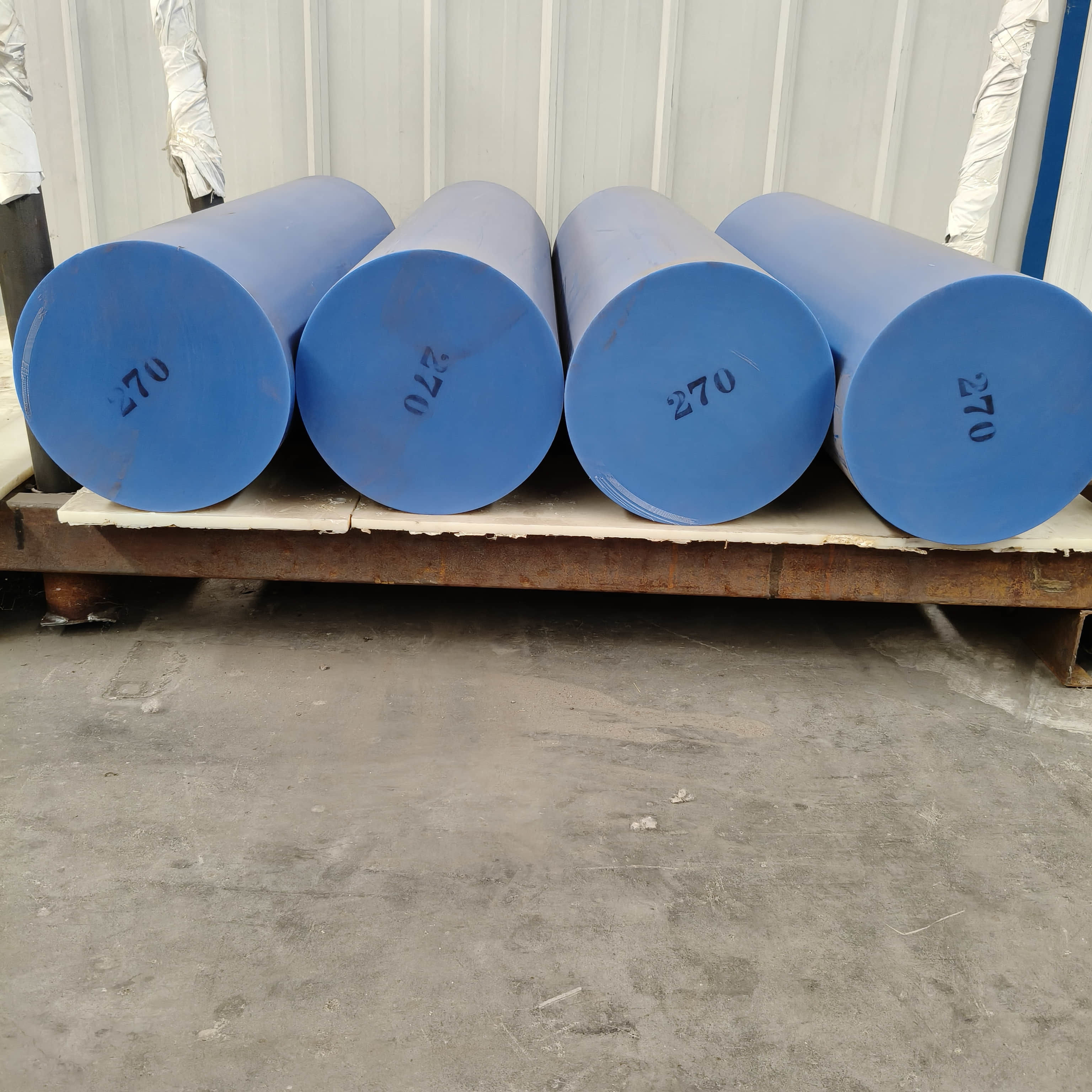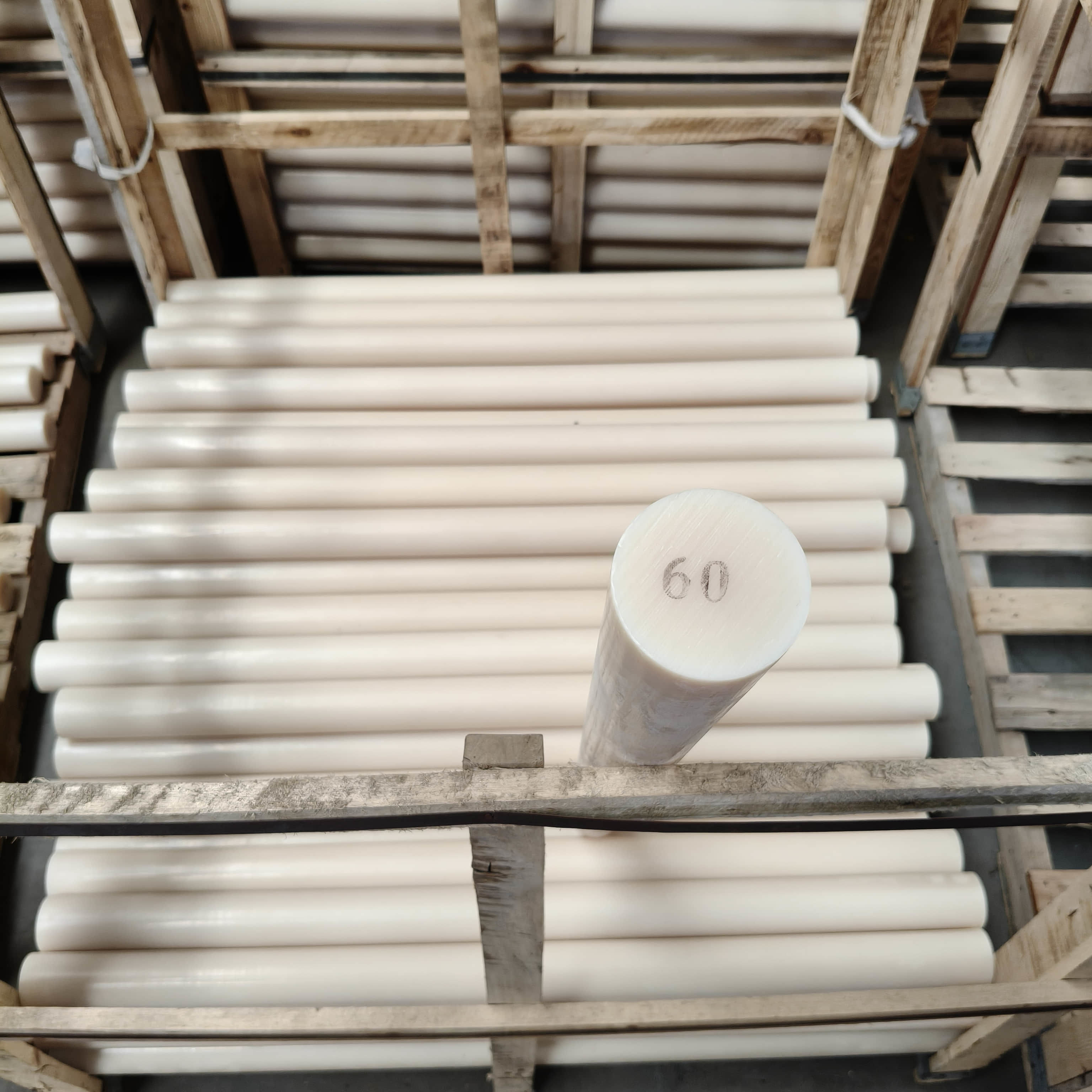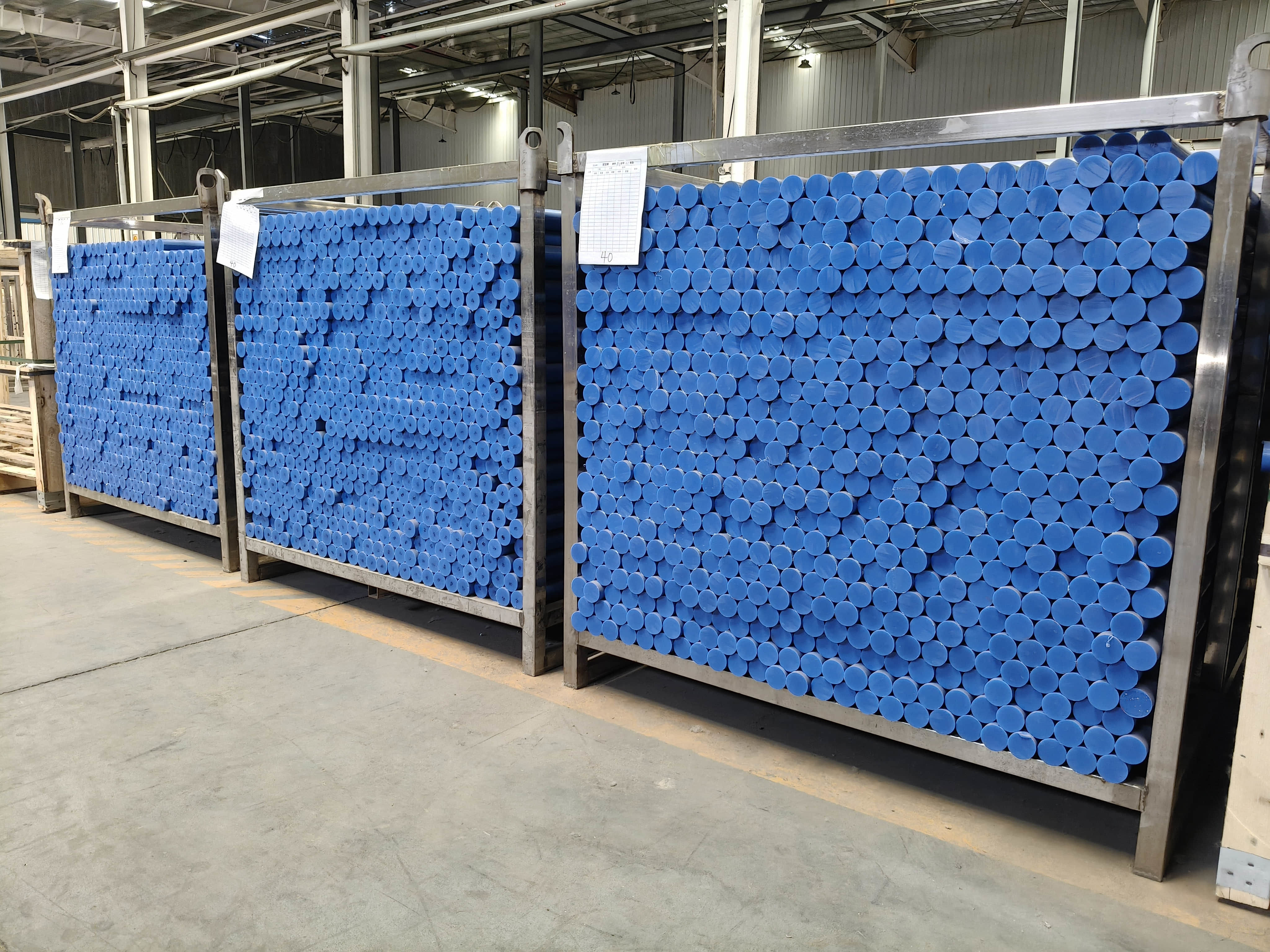How to Select Engineering Plastics in 5 Steps: Nylon, POM, and PEEK
2025-10-02

Why Learn to Select Engineering Plastics?
When designing or maintaining mechanical parts, common challenges include:
Metal components are too heavy and costly.
Plastics come in many types with significant performance differences.
Choosing the wrong material may lead to reduced part lifespan, equipment downtime, and higher maintenance costs.
By mastering the logic of material selection, you can achieve the optimal balance between performance, cost, and application requirements.
What Are Engineering Plastics?
Engineering plastics are a class of high-performance polymers with excellent mechanical strength, heat resistance, and the ability to replace certain metals. Common representatives include:
Nylon (PA): Lightweight, wear-resistant, and suitable for transmission parts.
POM (Polyoxymethylene): High dimensional stability and low friction, ideal for sliding components.
PEEK: Withstands high temperatures and chemical exposure, widely used in aerospace, medical, and high-end machinery.
The 5 Steps to Selecting Engineering Plastics
① Define the Working Conditions
Determine whether the part must bear heavy loads.
Check if wear resistance or chemical resistance is required.
Identify the expected operating temperature range.
② Determine Mechanical Property Requirements
Strength (Can it serve as a metal replacement?)
Hardness and rigidity (How well does it resist deformation?)
Friction behavior (Will the part undergo frequent sliding?)
③ Compare Common Materials
Nylon (PA6 / MC Nylon): Lightweight and wear-resistant, but with higher water absorption.
POM: Low water absorption and low friction, widely used in gears and sliders.
PEEK: Heat resistant up to 250°C, chemically stable, but significantly more expensive.
Example: In food machinery bearings, MC907 Nylon is often chosen for its wear resistance and food-grade compliance.
④ Consider Machining and Maintenance
Can it be easily machined (turning, milling, drilling)?
Are standard tools suitable for processing?
Will long-term maintenance costs remain low?
⑤ Evaluate Cost and Compliance
Compare relative material costs: PA < POM < PEEK.
Verify compliance with industry certifications (food-grade, RoHS, FDA).
Bonus Tips
Hybrid material strategy: Use different plastics for different parts (e.g., nylon for main bearings, POM for guide rails).
Test samples first: Validate performance before mass production.
Monitor industry trends: PEEK is increasingly adopted as a metal substitute in high-end equipment, extending service life.
Key Takeaway
Engineering plastic selection follows 5 key steps: Working conditions → Mechanical properties → Material comparison → Machining & maintenance → Cost & compliance.
Nylon, POM, and PEEK each offer unique strengths and limitations; the right choice always depends on the application scenario.
Proper material selection not only reduces maintenance costs but also extends equipment lifespan and improves overall efficiency.
TAG:
Related News
How to Choose Sliding Parts: On-Site Differences Between PA6 and POM





